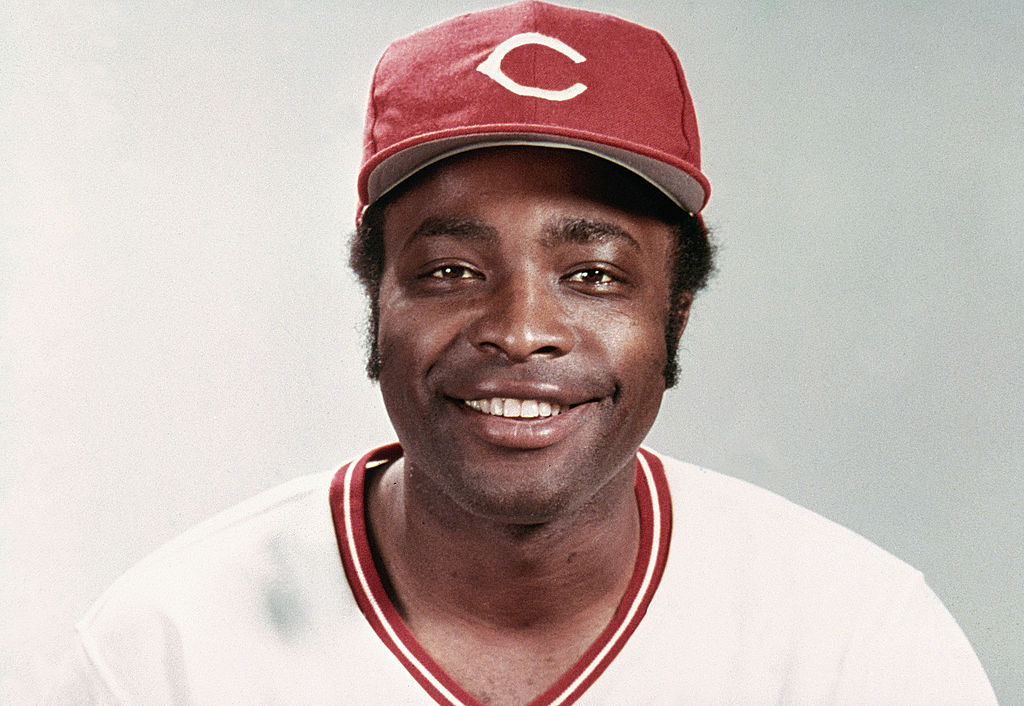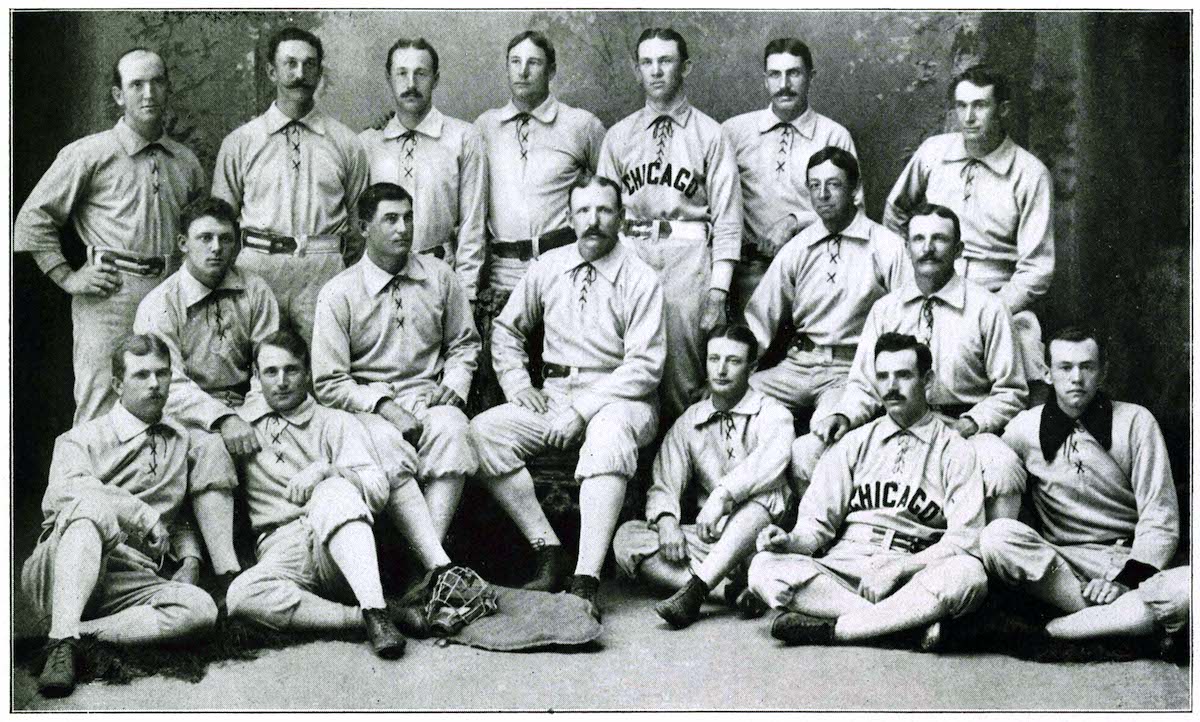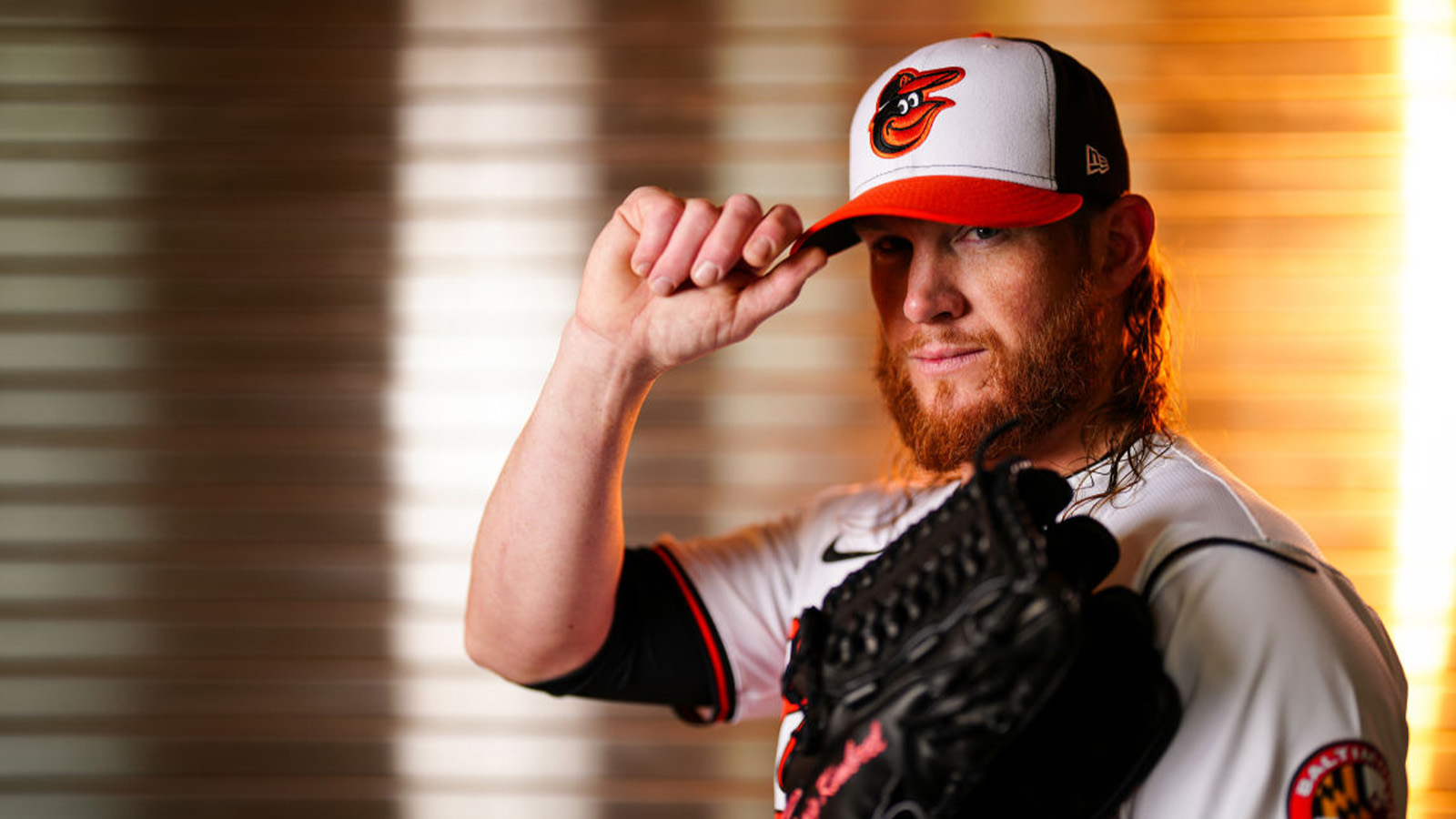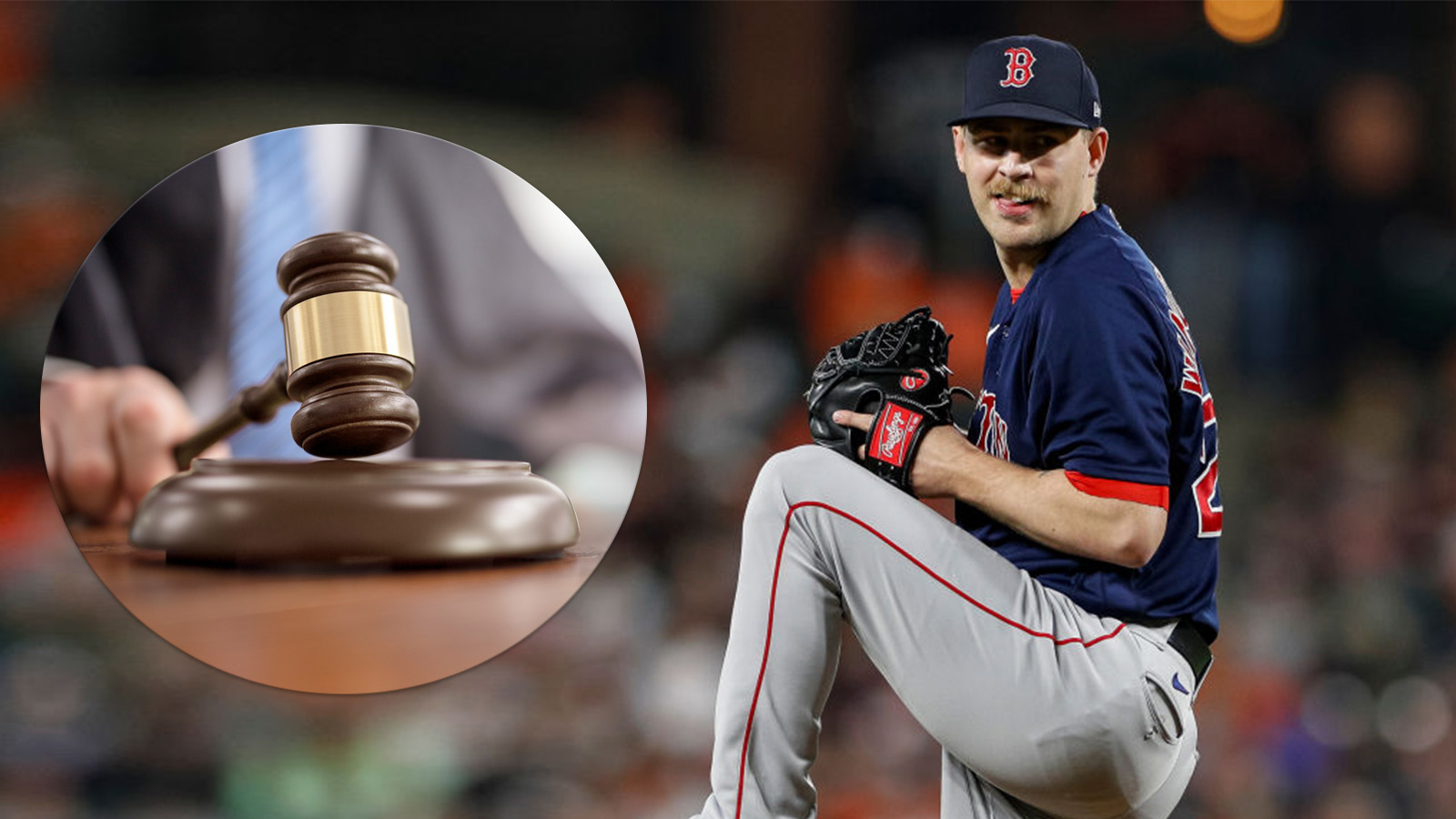
Has Joe Morgan Stayed Active in Major League Baseball?
By some accounts, Joe Morgan was the greatest second baseman in Major League Baseball history. His supporters make the case that Morgan offered a unique combination of hitting, fielding, and baserunning superior to other Hall of Fame players even though he has offered his own opinion that Rogers Hornsby was better.
Statistical measurements go only so far in any baseball debate when the players in question are from different eras because the balance of power has gone back and forth between pitching and hitting at times, with speed on the basepaths arguably over over-emphasized from 1970 to 1990 and underappreciated now.
Regardless, Morgan rates no worse than near the very top of the list of great second basemen based in large part upon his time with the Cincinnati Reds.
One trade helped build the Big Red Machine
At first glance, the Cincinnati Reds appeared to come out on the short end of an eight-player trade with the Houston Astros after the 1971 season because they gave up power-hitting first baseman Lee May and Gold Glove second baseman Tommy Helms.
May did in fact tack on 207 more home runs to the 147 he piled up in five-plus seasons in Cincinnati, but Helms had only three more productive seasons in him. Throw-in utility man Jimmy Stewart ended up a non-factor.
What the Reds got in return was future Hall of Fame inductee Joe Morgan, outfielders Cesar Geronimo and Ed Armbrister, infielder Dennis Menke, and pitcher Jack Billingham. Menke was one of several washouts in a situation at third base that didn’t get fixed until Pete Rose moved there in 1975, but the other acquisitions played for the Big Red Machine that won back-to-back World Series.
Geronimo was Gold Glove center fielder who could hit for average, Armbrister became a reliable fourth outfielder, and Billingham brought stability to a wobbly rotation by going 87-63 over six seasons.
However, it was Morgan who turned the Reds’ deal with the Astros into a lopsided trade.
Joe Morgan had a Hall of Fame career on the field
The Cincinnati Reds coveted Joe Morgan because of his penchant for reaching base and then being able to take the extra base whenever Johnny Bench, Tony Perez, or George Foster smashed balls into the power alleys.
Morgan helped the Reds to the 1972 World Series, won his first Gold Glove the following season and added power to his repertoire in ensuing years. His arrival allowed the Reds to finish first or second in the National League West nine times in 10 years.
In eight years with the Reds, Morgan hit .288 with 152 home runs, statistics that didn’t begin to explain his value. He compiled a .415 on-base percentage and .885 OPS at the plate to go with 406 stolen bases and five Gold Gloves.
And although Rose and Bench received as much attention or more, it was Morgan who won National League MVP honors in the 1975 and ’76 seasons that ended with World Series victories.
Morgan played five more seasons after leaving the Reds and finished with a .271 batting average, 268 homers and 689 stolen bases. He was enshrined in Cooperstown in 1990 after appearing on 81.8% of the ballots.
Joe Morgan stayed in baseball after his retirement
Joe Morgan, 76, stayed close to baseball following his retirement after the 1984 season. He broke into broadcasting with the Cincinnati Reds in 1985 and moved on to the San Francisco Giants for nine years beginning in 1986.
During that time, Morgan also landed network assignments at ABC and NBC, when he formed a popular booth team with Bob Costas and Bob Uecker. He went on to work on ESPN baseball telecasts for more than a decade before leaving in 2010 to become a special assistant to the Reds.
Outside of broadcasting, Morgan has stayed involved in baseball through two other roles.
Morgan is a member of the board of the Baseball Assistance Team, the non-profit arm of MLB helping former professional players through financial and medical hardships. He also joined the Board of Directors for the Baseball Hall of Fame in 1994. He has been the organization’s vice chairman since 2000.



